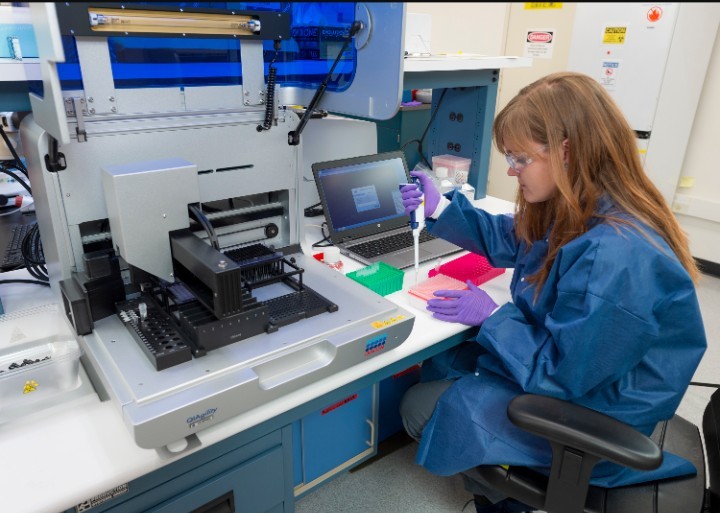PHILIPPINES. Quezon City: President Rodrigo Roa Duterte delivers his last SONA (State of the Nation Address) with the achievements of his administration. However, a large number of protesters vented their frustration before the SONA began. Protesters gave an outcry of their frustrations about broken promises and the poor performance of President Duterte.
President Duterte promised to end illegal drugs in the Philippines in six months. His campaign against illegal drugs leads to more than 12,000 deaths of Filipinos. Human Rights Watch found out that police falsified evidence to justify the killings of innocent victims. His campaign also leads to the red-tagging of indigenous people and his critics.
The Philippine President’s critics were falsely labeled communists (or terrorists) and red-tagged as targets. The President orders the Philippine National Police (PNP) and the Armed Forces of the Philippines (AFP) to “finish off” or kill these targets. Most often, these targets are poor communities, indigenous people, journalists, activists, and more.
Protesters and activist groups assembled and marched towards Sandiganbayan
President Duterte delivers his last SONA inside the Sandiganbayan on 26 July 2021 before the next election on May 2022. However, protesters and activist groups gather for the last time for his last SONA. Protesters and activist groups march toward Sandiganbayan with their outcry against President Duterte.
They march in large groups on Commonwealth Avenue towards Sandiganbayan with their frustration against the President. Their frustration for the poor performance and undelivered promises motivated the groups to march one last time. President Duterte promised to help the poor, resolve poor traffic conditions, work on the territorial dispute, and many more.


Instead, the national budget focuses on his campaign against illegal drugs cutting off funds for education. Also, a campaign against terrorists leads to the silence of his critics tagged them to be false terrorists. This red-tagging endangers the indigenous people, like what is happening to the southern indigenous groups or the Lumads. Lumads displaced from their homes and their schools are burned down instead of formal education for their children.


The protesters outcried a long list of their frustrations besides the red-tagging and underfunded education. The protest groups marched towards Sandiganbayan on the long road of Commonwealth barricaded by the police. Yet, they continue with their protest program in the middle of Commonwealth Avenue.






















